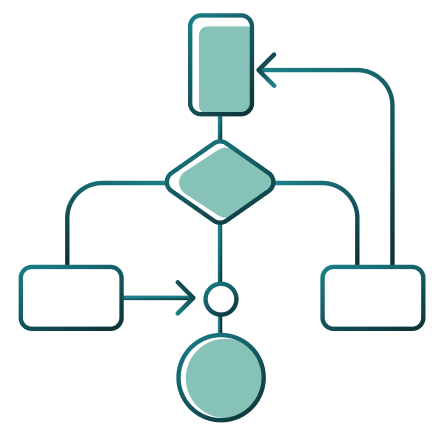System features
Functional Requirements- What the product must do
- Operations and workflows
- Formats and validity of data
- User interface behavior
We provides full-cycle data and analytics services. Consolidate all data sources regardless of their size, complexity, or structure into a holistic environment, visualize and embed analytics across key processes, and extract actionable insights with a focus on business outcomes.




detailed specifications of the functions, features, and constraints that a software system must adhere to in order to meet the needs of its users and operate effectively within its intended environment. System requirements are typically divided into two main categories: functional requirements and non-functional requirements. Here’s a closer look at each type and their significance:

A sequence diagram is a type of UML (Unified Modeling Language) diagram that illustrates how objects interact in a particular sequence of time. It shows the order of interactions between objects to accomplish a specific task or a function.

Functional diagrams, often referred to as functional flow diagrams or functional block diagrams, depict the functional relationships between major components of a system. They focus on the high-level functions and how they interact to achieve the overall system goals.

Written materials that explain various aspects of a software system. It serves as a reference for developers, users, stakeholders, and maintenance teams throughout the lifecycle of the software.
Our solution architects are here to help
RequestA range of activities and services are provided to ensure the effective use, maintenance, and enhancement of a software application. This includes assistance to users and developers both during and after the software deployment.





Your message was successfully sent
We will answer you in 3 business day